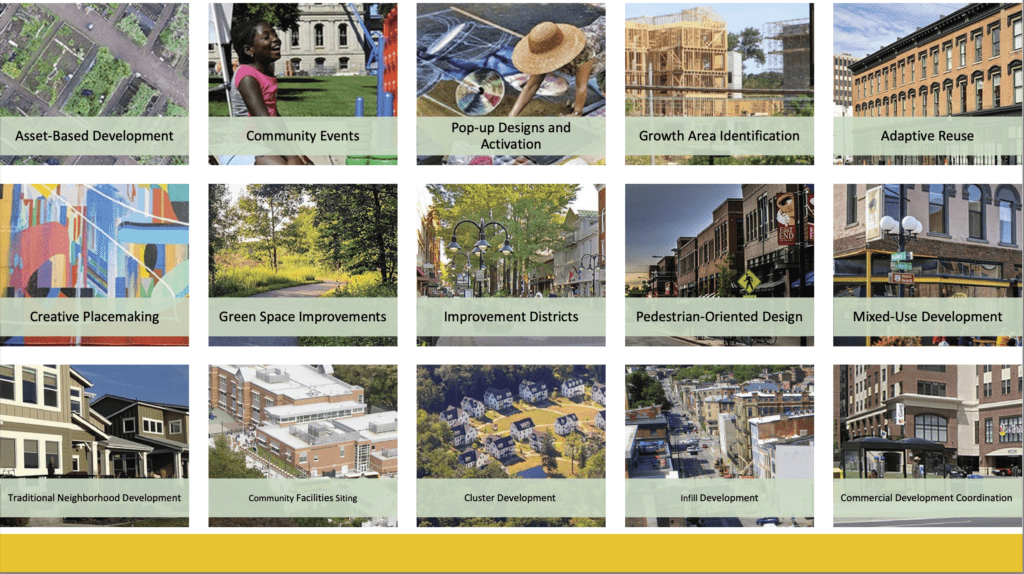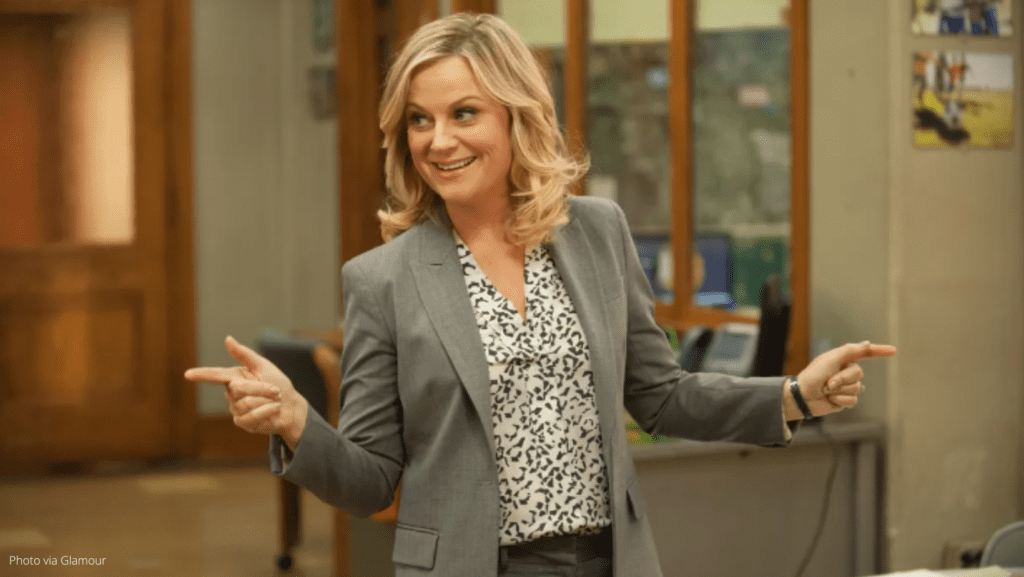Community planning often happens behind closed doors — but its results impact all of us. How can we become more involved in the planning process?
For most of us, the intricacies of community planning go over our heads. The planning process can seem daunting unless you’ve gone to school to understand the interplay between infrastructure, transportation, community needs, and zoning laws. We may not always understand all of the jargon, but we see the real-world impacts of these decisions in our everyday lives. Planning impacts how we get to work and school, where we do our shopping, and even our physical health. It is important to note that while historically planning was often exclusionary, today many planners strive to be communicators, partners, and equity advocates in their communities – especially for underrepresented communities.

Why Planning Matters
According to the American Planning Association, “communities around the country are adopting built environment improvements that support connected networks for nonmotorized modes of transportation, such as biking and walking. These improvements provide social, environmental, health, and economic benefits to a community.” That means that in your town, right now, there are people focusing on creating active routes between everyday destinations.
For our most recent webinar, America Walks was joined by Sagar Shah, Planning and Community Health Manager at the American Planning Association, as well as research associate Jo Peña. Together, they helped lay out the focus of their work.
“Planning is — visionary, right? It is about vision for the community today and in the future. One of the greatest challenges for planners is to figure out what can and should happen, to a community.”
“There’s some serious conversation happening around what skills do planners need in order to engage in the sorts of conversations that lead to fruitful benefits for communities? So, what does it look like for planners to buildup those public engagement skills, to be able to build long-standing relationships that are going to, you know, encourage trusting back and forth dialogue with folks?”
Watch the full webinar here:
Finding Your Local Planners
During the webinar, America Walks’ Executive Director Mike McGinn pointed out that often, people who are making planning decisions are not actually community planners. Shah agreed.
“Sometimes it’s not called planning, sometimes administrators are doing it in small communities, sometimes it’s metropolitan planning organizations doing [the planning].”
So how do you find these folks if they’re not clearly defined in the city directory? What do you even look for? Peña provided an example from an unlikely place: A sitcom.
“[Although] Leslie [Knope] how she is working in the parks and rec world, she’s actually doing a lot of planning for her community…”

Unfortunately, most cities don’t have their own Leslie Knope — but they do have passionate people, both inside and outside of government. In order to find the people involved in these decisions in your community, consider looking for existing organizations that are working toward the goals you find most important and connect to avenues for sharing your perspective. That may include your local Safe Routes program, your city’s Vision Zero advocates, community groups working on issues like accessible transit or stopping freeway expansion, or your local planners seeking community input to inform planning processes.
Be sure to join in on our next webinar happening June 29th at 2pm ET for a conversation with some organizers of the Freeway Fighters Network.
Visit planning.org for more information on Everyday Destinations.